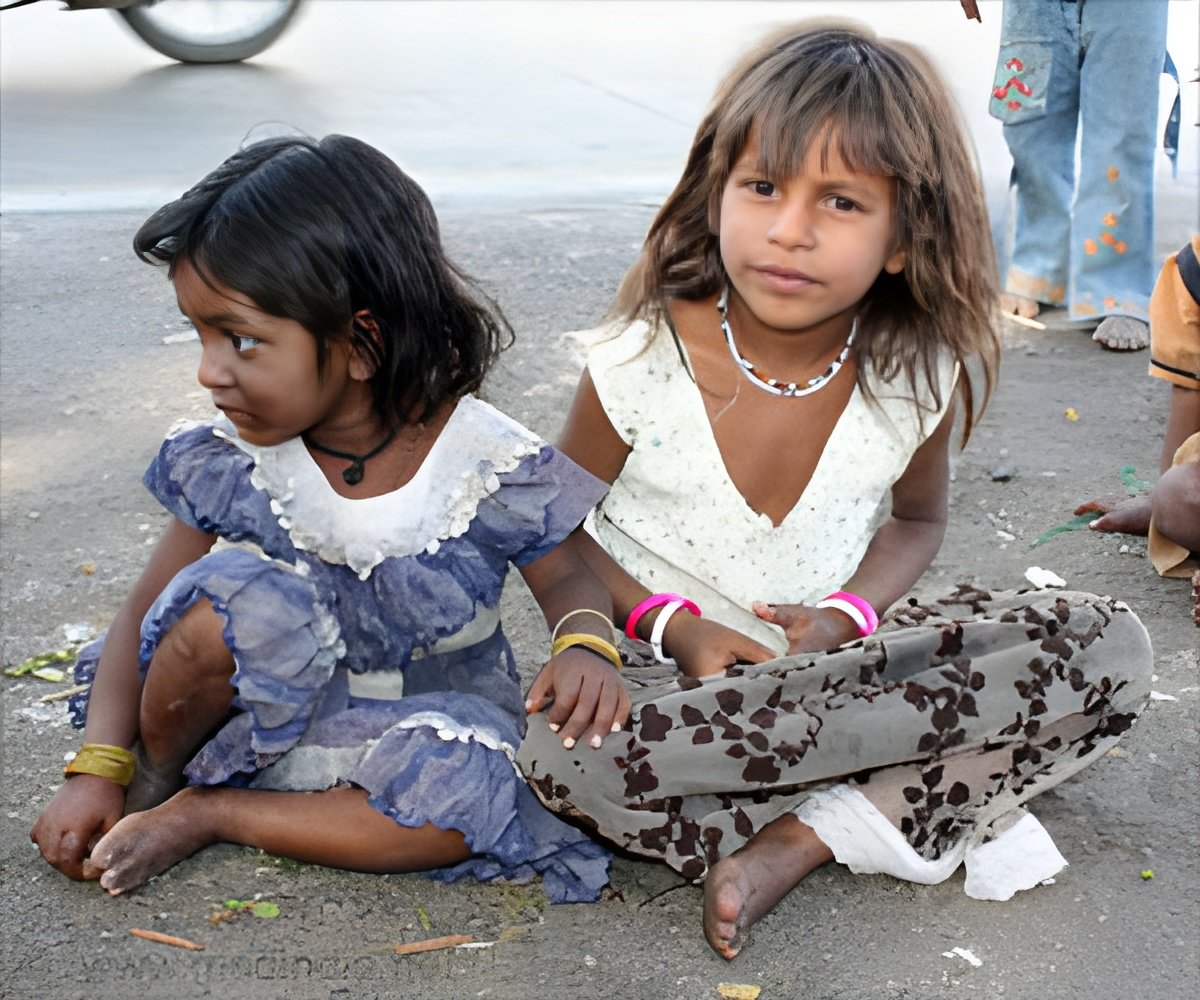
‘Neighborhood effect syndrome, characterized by symptoms of extreme poverty including blight, housing insecurity, racial segregation, trauma, violence, poorly performing schools, low social cohesion and support and environmental toxins, has debilitating consequences on child health.’
Tweet it Now
The hospital's first patient neighborhood was the Southern Orchards neighborhood of Columbus, Ohio, located adjacent to the Nationwide Children's main campus. Before the intervention, the neighborhood experienced high rates of poverty and violent crime. "The Southern Orchards neighborhood, right by the hospital, was one with gun violence, high infant mortality rates and high asthma rates in children," says Kelly J. Kelleher, MD, director of the Center for Innovation in Pediatric Practice at Nationwide Children's and lead author of the publication. "Houses were boarded up and vacant. You didn't see kids playing outside much."
The target area includes all of Census Tract 56.10 and Census Tract 56.20. In 2009, the neighborhood was characterized by the following:
Home to 4,300 persons, 23 percent of whom were children
50 percent of children in the neighborhood were living in poverty
Advertisement
25 percent of children in Livingston Elementary School and 33 percent in South High School were regularly changing schools
Advertisement
The chief concern uncovered through multiple sources of data and information was neighborhood safety associated with population loss and surge in vacant and abandoned property.
"Residents were deeply concerned about blight and gang/drug activity, including on vacant properties in proximity to the school," says Dr. Kelleher. "Our primary target for intervention became housing. Our collaboration committed to renovating, building and developing mixed income housing to reduce crime, improve the vacancy rate and better family outcomes."
According to Dr. Kelleher, the publication describes $23 million invested in upgrading more than 300 homes through the HNHF Realty Collaborative, which was formed with not-for-profit development corporation, Community Development For All People. The entity is owned by Community Development For All People with a board of directors selected by the two groups. To date, the investment has grown to more than $40 million.
The partnership, with collaboration from the Columbus Mayor's Office, accessed Neighborhood Stabilization Program funds from the city, acquired properties from the city's Land Bank program and gathered support from contractors and realty agents.
The multifaceted intervention launched by the collaborative included a home repair program, rehabilitation and home ownership program, home construction program, workforce development program and rental housing development.
The community development efforts by the HNHF Realty Collaborative are still in early phases, considering Southern Orchards has experienced neighborhood effects syndrome for 80 years. Still, some measurable outcomes are observed:
Investments have transformed housing stock in the area and reduced blight.
The vacancy rate declined from more than 25 percent to 6 percent.
Youth who have participated in area development programs have shown progress in emotional health and academic performance.
The high school graduation rate has risen from 64 percent in 2013 to 79 percent in 2017.
For owner-occupied homes, the market has seen a 50 percent increase in sales volumes and a 22 percent increase in sales prices.
Homicides have declined, and while homicide rates in Columbus overall have risen, none were reported in the immediate Southern Orchards neighborhood in the last year.
"By taking both short- and long-term views of community development, Nationwide Children's and our partners have ambitious goals across many domains," says Dr. Kelleher. "The community-level approach allows the integration of epidemiology approaches, business resources and neighborhood development to support a mixed income community. Our next challenges will be to continue growth with new partners and to measure outcomes on children's health in the neighborhood."
Source-Eurekalert









